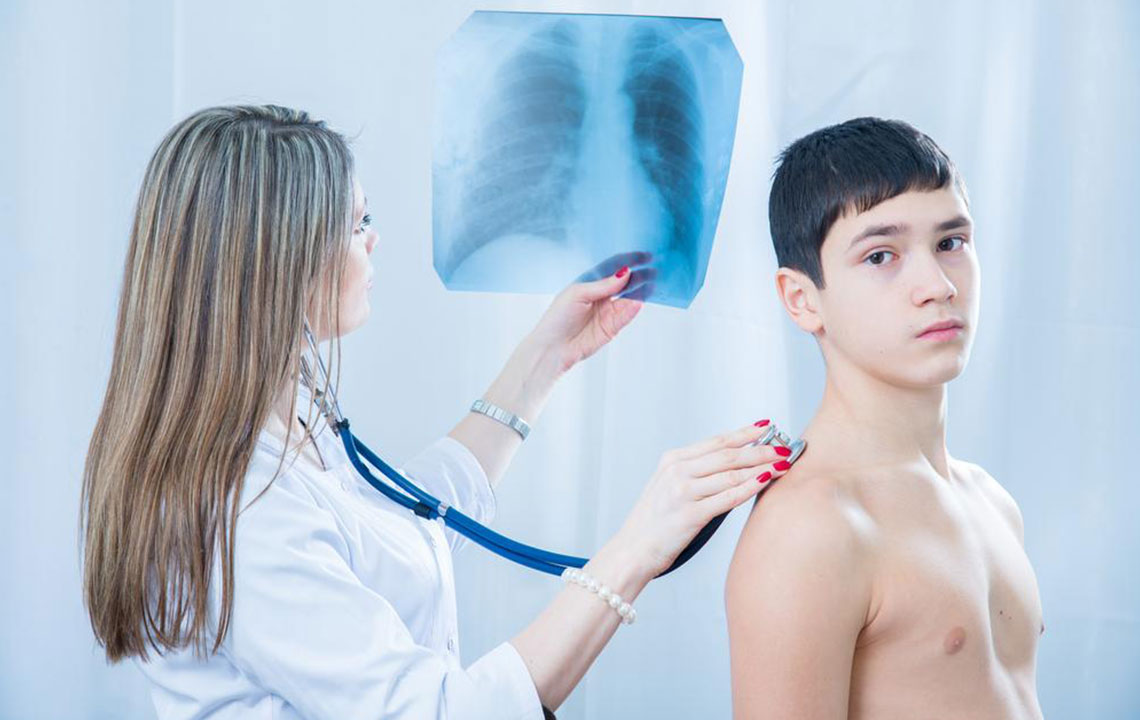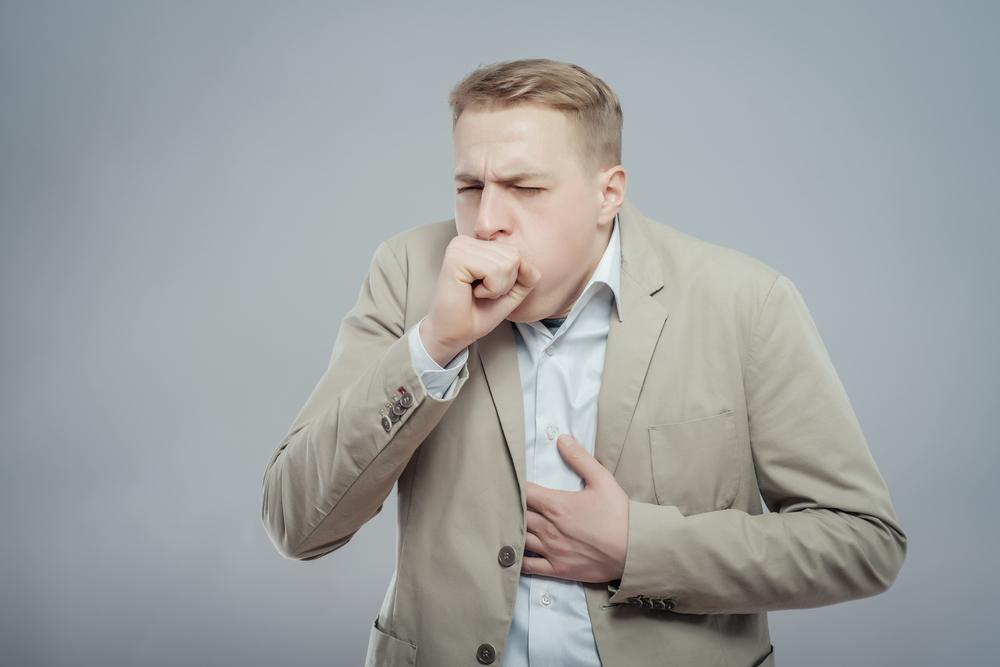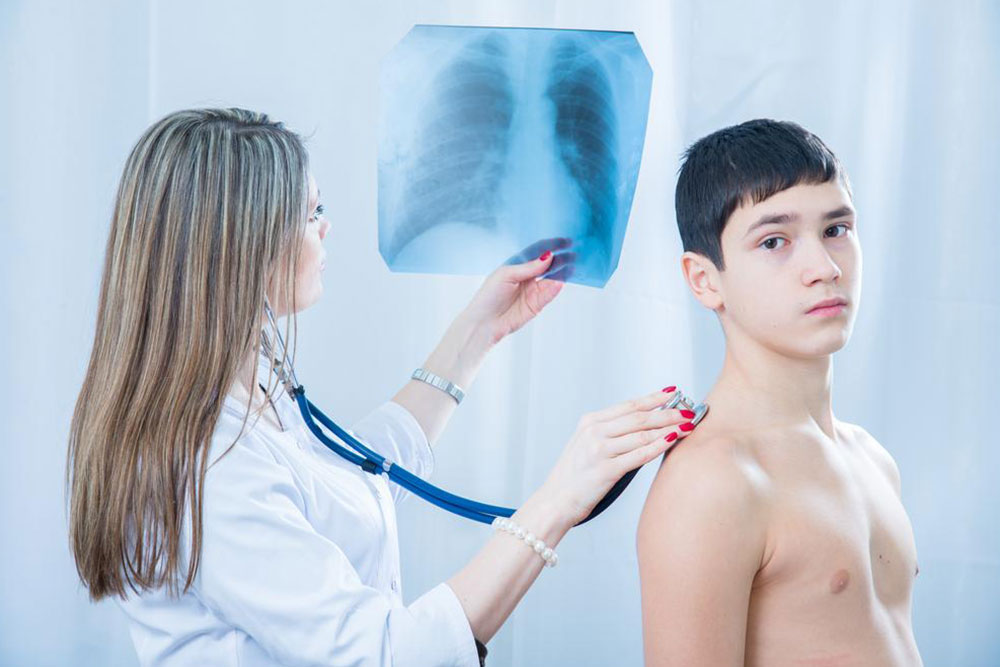Comprehensive Guide to Recognizing and Preventing Pneumococcal Lung Infections
This comprehensive article provides detailed insights into pneumococcal pneumonia, including symptoms, transmission, risk factors, diagnosis, and preventive strategies. Understanding these aspects is crucial for early detection and effective prevention of this potentially fatal lung infection. The piece emphasizes the importance of vaccination, good hygiene, and prompt treatment to reduce the burden of pneumococcal disease, especially among vulnerable populations such as children and the elderly. Whether you are a caregiver, healthcare professional, or concerned individual, this guide aims to enhance awareness and health outcomes related to pneumococcal infections.

In-Depth Overview of Pneumococcal Pneumonia Symptoms and Risks
Pneumococcal pneumonia, caused by the bacterium Streptococcus pneumoniae, remains one of the leading bacterial infections affecting the lungs globally. This microorganism, commonly known as pneumococcus, naturally resides in the upper respiratory tracts of many healthy individuals, often without causing any illness. However, under certain conditions, these bacteria can become invasive, leading to severe lung infections. Understanding the signs, transmission methods, risk factors, and preventive strategies associated with pneumococcal pneumonia is vital for public health management and individual awareness.
What is Pneumococcal Pneumonia?
Pneumococcal pneumonia is a potentially life-threatening infection of the lungs caused by S. pneumoniae.
This illness can result in severe respiratory distress and, in some cases, may lead to death if not diagnosed and treated promptly.
The disease predominantly affects vulnerable groups such as the elderly, infants, and immunocompromised individuals.
Who Is Most Susceptible?
Children under the age of two are highly vulnerable due to their developing immune systems.
Children in group daycare centers often face higher risks because of close contact and shared environments.
Adults residing in indigenous communities, such as Aboriginal and Torres Strait Islander populations, are at increased risk due to socioeconomic factors and access to healthcare.
Modes of Transmission of Pneumococcal Bacteria
The bacteria primarily spread through respiratory droplets expelled when an infected person coughs, sneezes, or talks.
Inhaling contaminated air is the main route of transmission, especially in crowded and enclosed settings.
Direct contact with contaminated tissues, utensils, or hands can also facilitate bacterial spread.
Increased incidence during winter months correlates with the prevalence of viral respiratory infections, which can predispose individuals to bacterial superinfections.
Recognizing the Symptoms of Pneumococcal Lung Infection
Fever coupled with chills, often sudden in onset.
Persistent, severe cough that may produce mucus tinged with blood.
Chest pain that worsens during deep breaths or coughing.
Shortness of breath or labored breathing.
Unusual fatigue, weakness, or drowsiness that indicates systemic illness.
Signs of systemic infection, such as sweating and shivering.
Diagnostic Approaches for Accurate Identification
Microscopic examination of sputum samples to visualize bacteria.
Blood tests, including cultures, to detect and identify the causative microorganism.
Laboratory techniques such as Polymerase Chain Reaction (PCR) to detect bacterial DNA with high sensitivity.
Understanding Incubation and Infectious Periods
The incubation period typically ranges from 1 to 10 days, with an average of around 3 to 4 days after exposure.
Effective antibiotic treatment can rapidly reduce infectivity; most individuals are no longer contagious within 24 hours of initiating appropriate therapy.
To prevent further spread, it is essential for infected individuals to isolate until they recover and are cleared by healthcare professionals.
Effective Prevention Strategies
Consistent hand hygiene by washing hands thoroughly with soap and water after touching your face, before eating, or after contact with potentially contaminated surfaces.
Cover mouths and noses with tissues or elbows when coughing or sneezing, then dispose of tissues immediately and wash hands afterward.
Avoid sharing personal items such as utensils, cups, or towels to minimize contact transmission.
Maintain physical distancing, particularly around individuals showing respiratory symptoms.
Limit alcohol intake to help support immune system function.
Vaccination against pneumococcal strains is highly recommended for children, elderly, and high-risk populations, greatly reducing the chances of invasive disease.
Public health agencies advocate for widespread immunization and good hygiene practices to combat the spread of pneumococcal infections effectively. Recognizing early symptoms and seeking prompt medical attention can significantly improve recovery outcomes and reduce complications associated with pneumococcal pneumonia. Staying informed and adhering to preventive measures is crucial in protecting yourself and your community from this serious bacterial lung infection.





